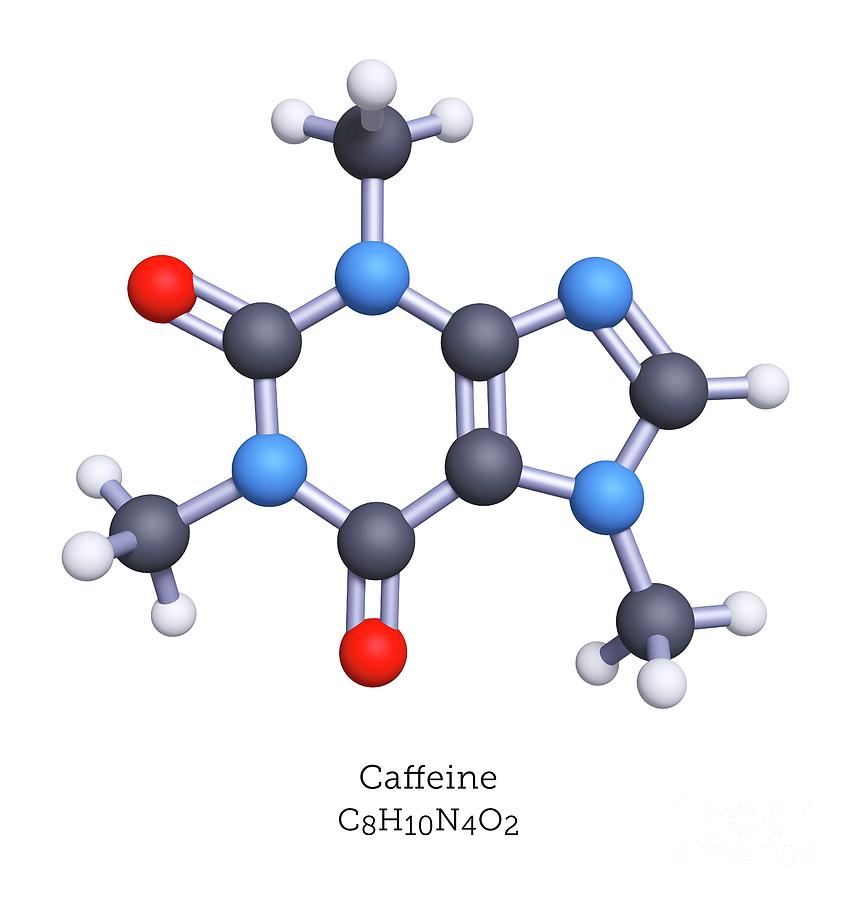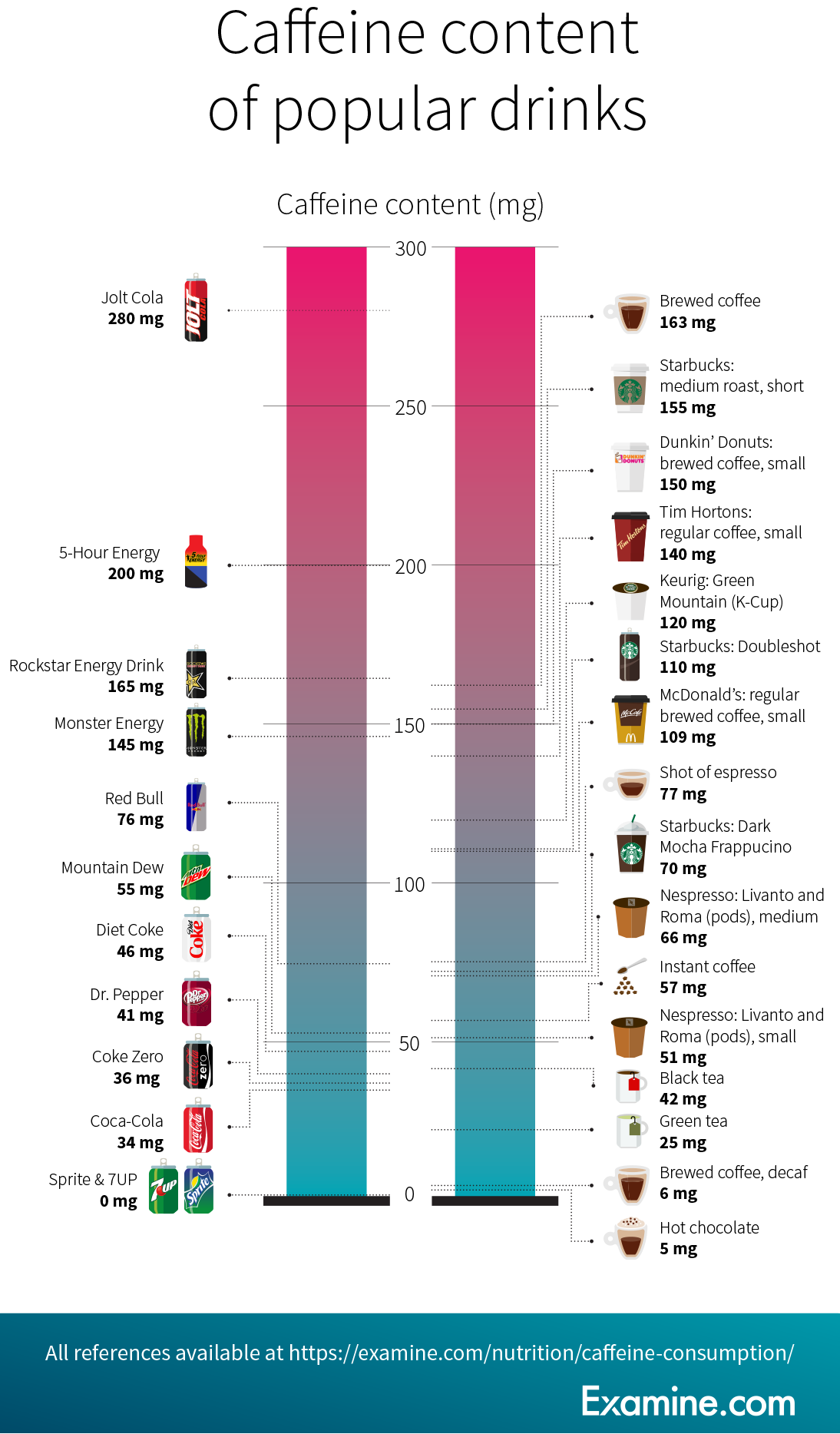

It is likely that several factors contribute to individual differences in responses to caffeine, including demographic and environmental factors such as age, other drug use, circadian factors, and sleep hygiene. Hypertensive subjects have been shown to be more likely to experience rise in blood pressure after caffeine consumption even with repeated administration ( Nurminen et al. For example, while the pressor effects of caffeine attenuate rapidly in most consumers upon repeated intake, tolerance remains incomplete in certain subjects ( Farag et al. Likewise, certain individuals may be more vulnerable to the long-term negative health effects of caffeine. Individual differences in responses to caffeine may occur at the metabolic (pharmacokinetic) or at the drug-receptor level (pharmacodynamic), and they can contribute to the quality and magnitude of direct drug effects as well as to consumption of the drug. Caffeine can aggravate anxiety and precipitate panic attacks in patients with anxiety and panic disorder, which often results in decreased consumption in these individuals ( Bruce et al. For example, some individuals are susceptible to its anxiogenic effects ( Silverman and Griffiths 1992) and others to caffeine-induced sleep disturbances and insomnia ( Bchir et al. There are pronounced individual differences in response to caffeine. 2001 Maia and de Mendonca 2002 Ross et al. 1990) but a decreased risk in neurodegenerative disorders ( Ascherio et al. Long-term use of caffeine has been associated with an increased risk of cardiovascular diseases ( Hartley et al. The effects of chronic consumption are less clear. Physical dependence can develop, and withdrawal symptoms occur upon discontinuation of regular caffeine use ( Griffiths and Woodson 1988). 1981), such that the effects of caffeine in habitual consumers are quite different from caffeine-naïve individuals. Tolerance to its acute effects develops rapidly ( Evans and Griffiths 1992 Robertson et al. 1987), but at higher doses, it produces nausea, anxiety, trembling, and jitteriness ( Daly and Fredholm 1998). At low doses, its psychological effects include mild euphoria, alertness, and enhanced cognitive performance ( Lieberman et al.

Caffeine causes diuresis, bronchodilatation, and a rise in systolic blood pressure in nonhabitualized subjects ( Benowitz 1990 Mosqueda-Garcia et al. It is used clinically to treat premature neonatal apnea and as an analgesic adjuvant ( Migliardi et al. Caffeine’s popularity worldwide can be attributed to its ability to promote wakefulness, enhance mood and cognition, and produce stimulatory effects ( Haskell et al. Nearly 90% of US adults consume caffeine in forms of coffee, tea, or other caffeinated food products ( Frary et al. Caffeine is the most commonly consumed psychoactive substance in the world.


 0 kommentar(er)
0 kommentar(er)
